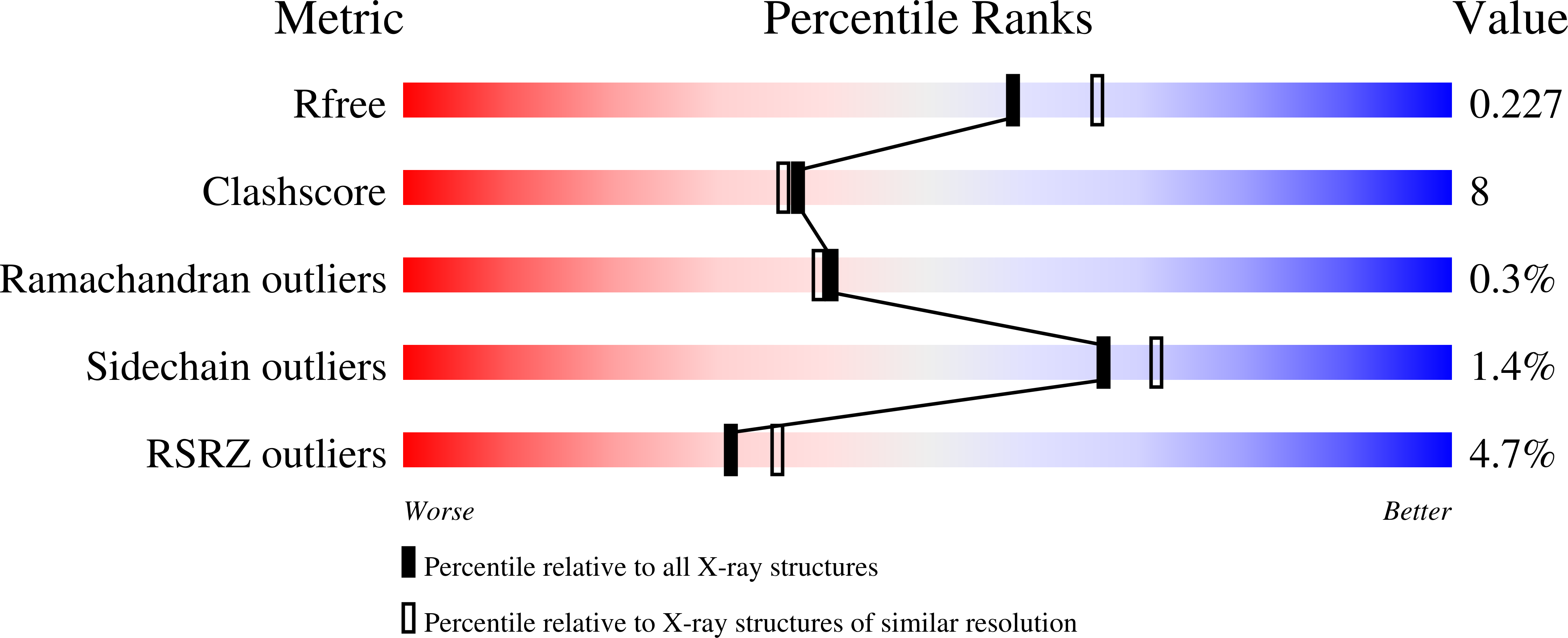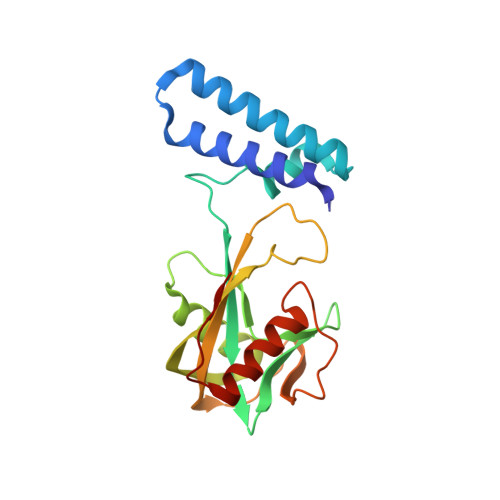Getting the Most Out of Your Crystals: Data Collection at the New High-Flux, Microfocus MX Beamlines at NSLS-II.
Miller, M.S., Maheshwari, S., Shi, W., Gao, Y., Chu, N., Soares, A.S., Cole, P.A., Amzel, L.M., Fuchs, M.R., Jakoncic, J., Gabelli, S.B.(2019) Molecules 24
- PubMed: 30704096
- DOI: https://doi.org/10.3390/molecules24030496
- Primary Citation of Related Structures:
6NCH, 6NCI, 6NCK, 6NCT - PubMed Abstract:
Advances in synchrotron technology are changing the landscape of macromolecular crystallography. The two recently opened beamlines at NSLS-II-AMX and FMX-deliver high-flux microfocus beams that open new possibilities for crystallographic data collection. They are equipped with state-of-the-art experimental stations and automation to allow data collection on previously intractable crystals. Optimized data collection strategies allow users to tailor crystal positioning to optimally distribute the X-ray dose over its volume. Vector data collection allows the user to define a linear trajectory along a well diffracting volume of the crystal and perform rotational data collection while moving along the vector. This is particularly well suited to long, thin crystals. We describe vector data collection of three proteins-Akt1, PI3K¦Á, and CDP-Chase-to demonstrate its application and utility. For smaller crystals, we describe two methods for multicrystal data collection in a single loop, either manually selecting multiple centers (using H108A-PHM as an example), or "raster-collect", a more automated approach for a larger number of crystals (using CDP-Chase as an example).
Organizational Affiliation:
Department of Oncology, Johns Hopkins University School of Medicine, Baltimore, MD 21205, USA. michelle.miller@jhmi.edu.




















